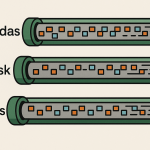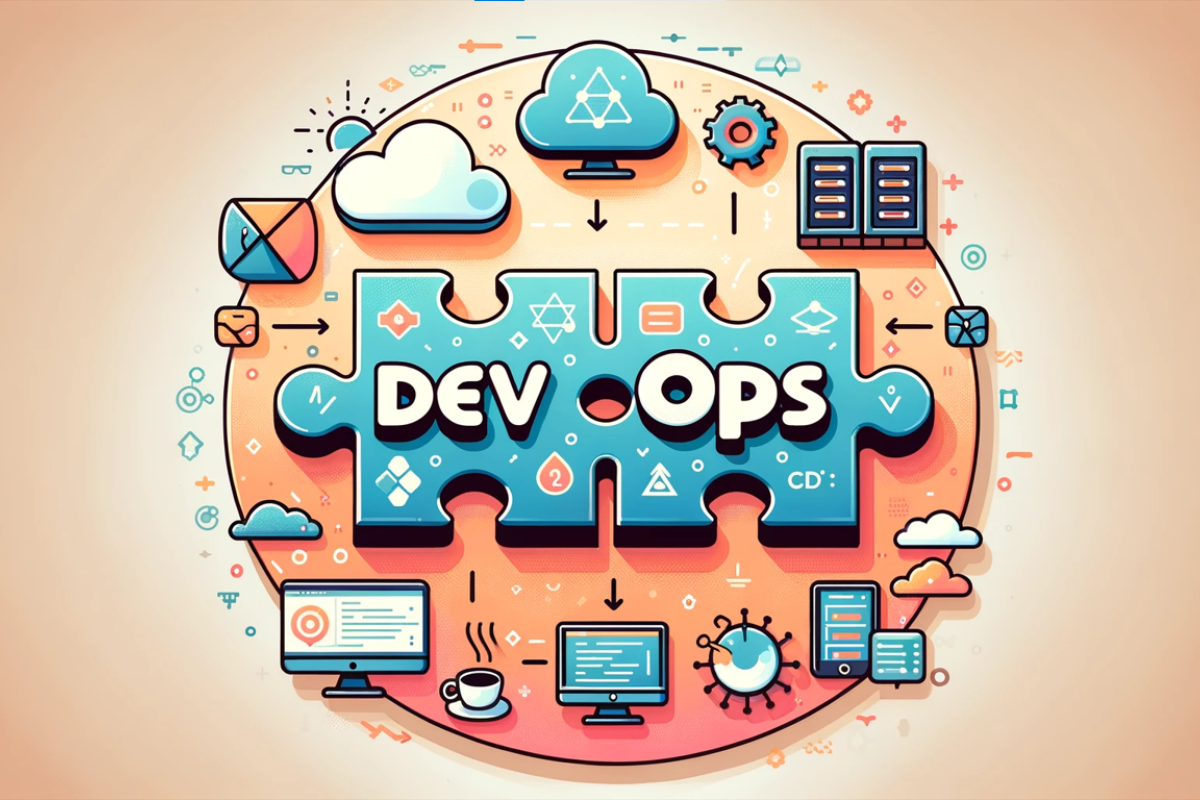Pulumi: Unlock the Power of Infrastructure Automation
Managing cloud infrastructure manually is a thing of the past. In today’s fast-paced, DevOps-driven world, Infrastructure as Code (IaC) is the standard. It helps teams deploy, update, and scale resources efficiently and consistently. While tools like Terraform and CloudFormation have long dominated the IaC space, a newer, developer-first tool called Pulumi is gaining attention for all the right reasons. In this blog, we’ll explore what Pulumi is, how it works, and why it’s becoming a preferred choice for modern cloud development.
What Is Pulumi?
Pulumi is an open-source IaC tool that allows developers to write and manage cloud infrastructure using general-purpose programming languages such as:
- TypeScript / JavaScript
- Python
- Go
- .NET (C#, F#)
Unlike YAML- or JSON-based tools, Pulumi brings code-level flexibility, testing, and reuse to your cloud infrastructure.
Why Use Infrastructure as Code (IaC)?
Before diving into Pulumi, let’s quickly recap why IaC is such a game-changer:
- Automates provisioning of cloud resources
- Improves consistency and reduces manual errors
- Enables version control with Git
- Boosts collaboration among DevOps and dev teams
- Simplifies rollback and disaster recovery
IaC allows your cloud environments to evolve just like your application code—quickly, safely, and reliably.
What Makes Pulumi Stand Out?
Pulumi brings the flexibility and familiarity of modern programming languages to infrastructure management. Here’s what makes it different from other IaC tools:
- You can write actual logic using conditionals, loops, and functions.
- Infrastructure code becomes more reusable and testable.
- Native support for features like classes, modules, and libraries.
- Seamless integration with popular developer tools and IDEs like VS Code.
- Easy to manage dynamic or complex infrastructure scenarios.

Which Cloud Providers Are Supported?
Pulumi supports all major cloud platforms, making it a great fit for multi-cloud and hybrid environments. These include:
- Amazon Web Services (AWS)
- Microsoft Azure
- Google Cloud Platform (GCP)
- Kubernetes
- OpenStack
- Many others via plugins and community support
When to Use Pulumi
Pulumi is a great fit in situations like:
- When your team already uses Python, TypeScript, or Go and prefers to stay within the same ecosystem.
- When you need to manage complex infrastructure with lots of conditional logic or dynamic resource creation.
- When you’re building reusable infrastructure components or libraries.
- When you’re integrating infrastructure deployment into CI/CD pipelines.
- When you’re looking to write and test your infrastructure just like application code.
Real-World Use Cases
Pulumi is already being used by teams of all sizes for a variety of real-world use cases, including:
- Automating the deployment of SaaS platforms.
- Spinning up development, staging, and production environments on demand.
- Creating reusable infrastructure templates for microservices.
- Managing Kubernetes clusters and container workloads.
- Enabling faster prototyping and deployment in startup environments.
Conclusion
Pulumi is reshaping how we think about infrastructure. Instead of fighting with verbose YAML or limited DSLs, it allows developers to define infrastructure using real code—making it easier, cleaner, and more maintainable.
If you’re a developer or DevOps engineer looking for a more intuitive and powerful way to manage your cloud resources, Pulumi is absolutely worth trying out. It’s flexible, fast, and developer-friendly—just what modern cloud projects need.








